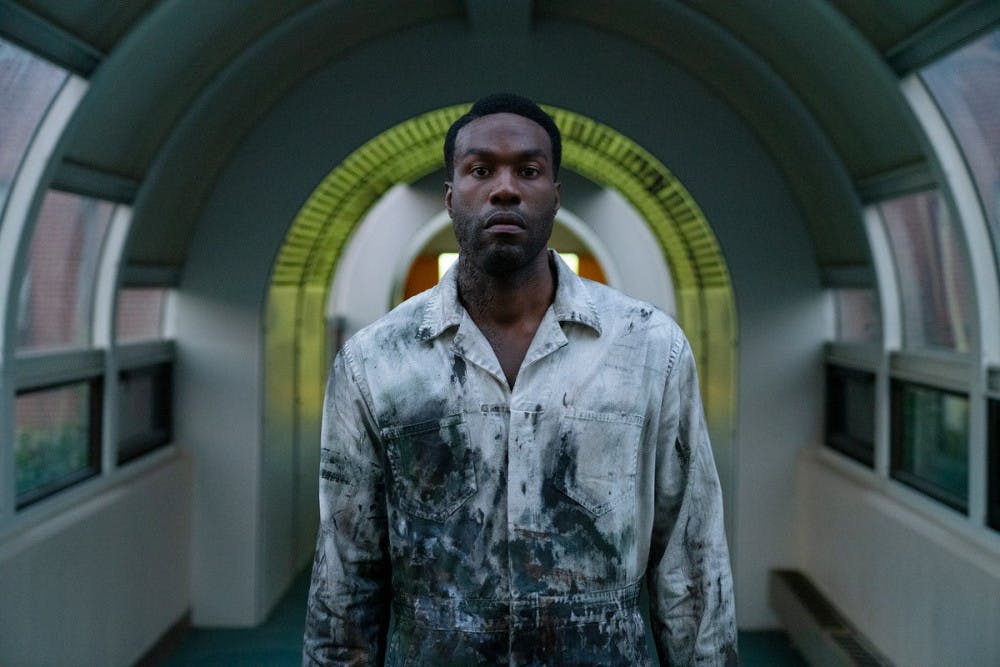“Candyman” is psychologically jarring in how it exemplifies racial injustice. The sequel follows the 1992 film, where the main character in the 2021 film, is derived from the child who had a connection to the Candyman. The urban legend is retold within the new film, but speaks to the truths of myths as the endings and middles do not match what actually occurred. The film creates its existence on being a sequel, but outdid what the first film tried to racially explore.
The urban legend of Candyman is detailed in the first film where a black artist, who was the son of a slave, was hired by a wealthy landowner to capture his daughter’s virginal beauty. In a surprising turn of events, the two fall in love, and the daughter ends up pregnant. The landowner tortures the man by tearing his hand off, lathering his body in honey to feed bees, which results in him donning the name Candyman.
In the 1992 film, the story follows a white female graduate student, named Helen, who is researching the projects in Chicago, but this film loses a lot of meaning with the 2021 counterpart. Helen, a white woman, becomes the voice trying to tell these black stories which creates a “white savior” moment, especially as she is the one who saves the black baby from the Candyman in the first film. The baby, of course, being the main character in the new one.
As the movie opens, participating production company logos are mirrored to foreshadow the importance of reflection within the film. Instead of a physical being, as in the first film, Candyman returns as one that can only be seen through a reflection. It becomes even more meaningful as there are numerous scenes of symmetrical imagery that speaks to the mirroring effect, which is a stronghold for the overall film. It combats the idea of facing oneself without looking away, especially when saying Candyman five times.
Anthony McCoy, the main character played by Yahya Abdul-Mateen II, like the Candyman, is an artist who lives without knowing his connection to the supposed villain and finds inspiration for his next piece when he hears the legend. The link between Anthony and the mirrored Candyman gets lost within the remake as it seeks to show, instead, the connection between the “bad guy” and black people. The movie artistically creates the underlying issue of how black people are made out to be villains.
The original shows, heavily, the physicality of the man who was tortured that became the Candyman which created unnecessary seduction. Whereas in the new film, it demonstrates how often innocent black people are made out to be bad by keeping the villain within the mirror. Instead of just one Candyman, it shows that all of the Candymen represent the “myth” based on their innocence, focusing on racial biases and hate crimes.
As a film sequel, it is bolder in what it is trying to convey, as the first one lost most of its meaning based on the focal point of the white voice being the savior of the film. The new film mentions the troublesome areas of the first by stating, “one white woman dies, and the story lives forever,” which is more reason as to why the movie’s tagline is “dare to say my name.” The story becomes more meaningful as it exemplifies black characters being the voice of the film. As a “scary” movie, it lacks in a lot of areas, as it becomes more of a raw reality that is physically and psychologically devastating.
“I am the writing on the wall”
“Dare to say my name”
This movie confronts racial biases right from the opening scene. Even though the film will create discomfort, it is a movie worth facing based on the beautiful framing imagery, symbolism of reflection, and harsh realism of today’s world.





